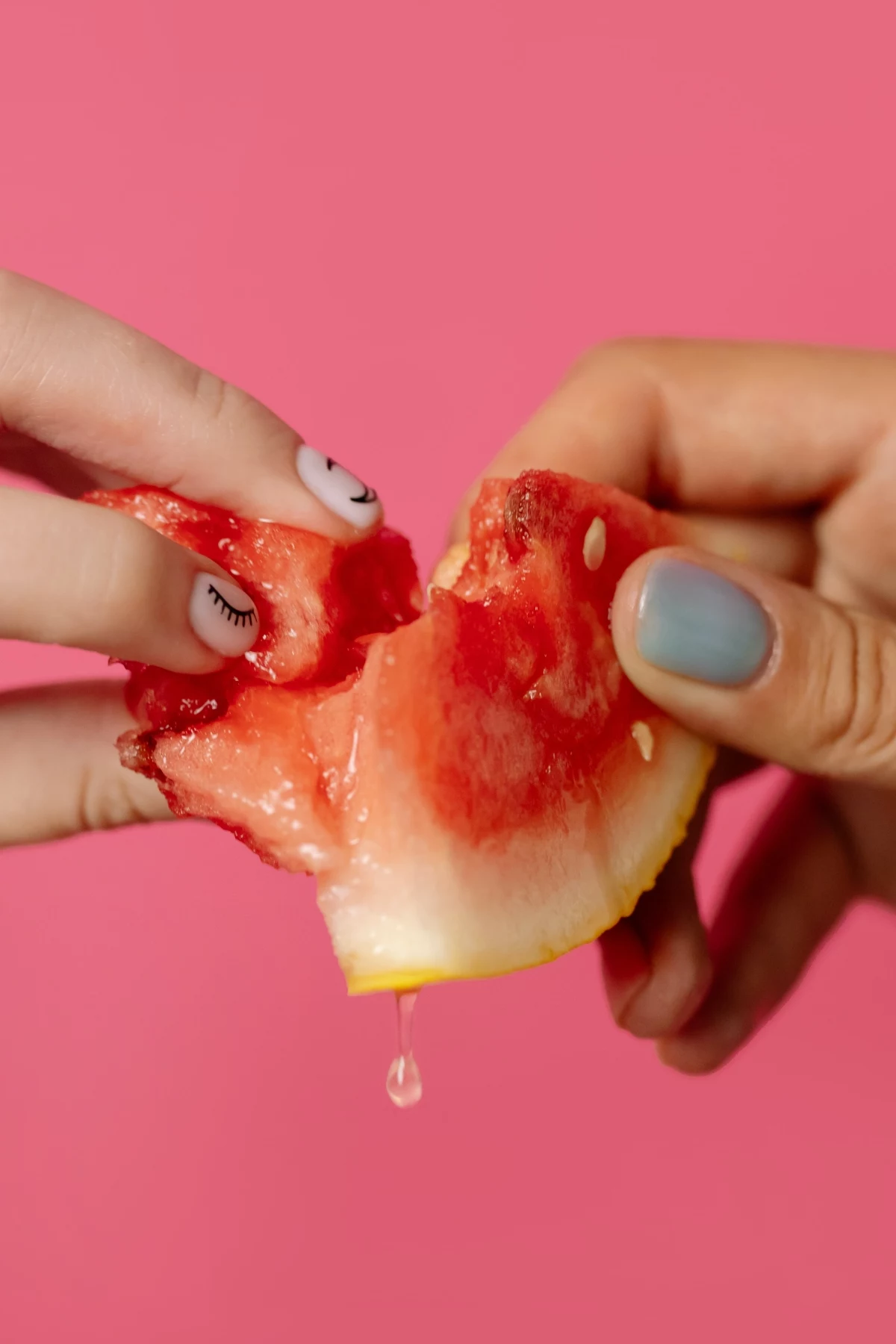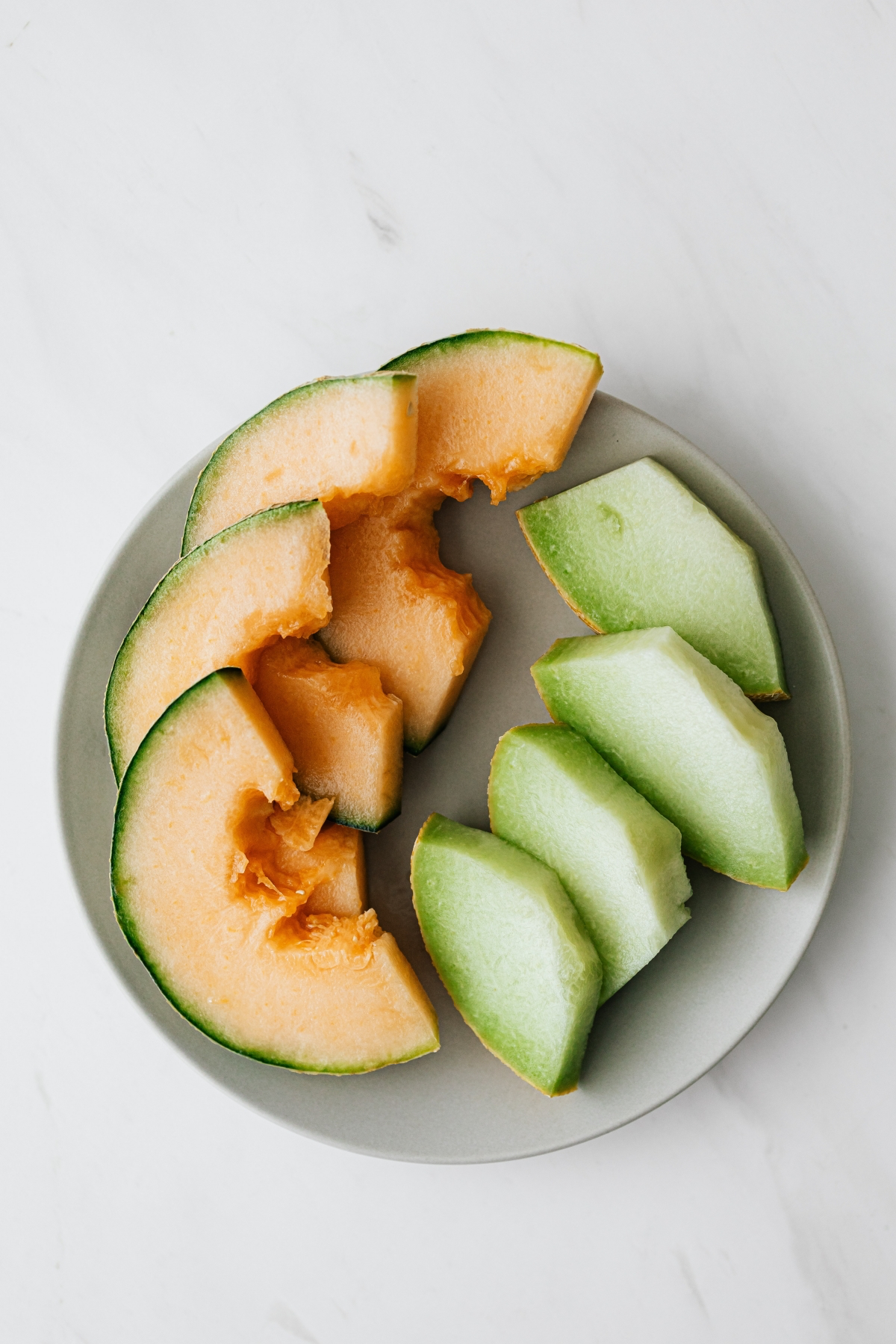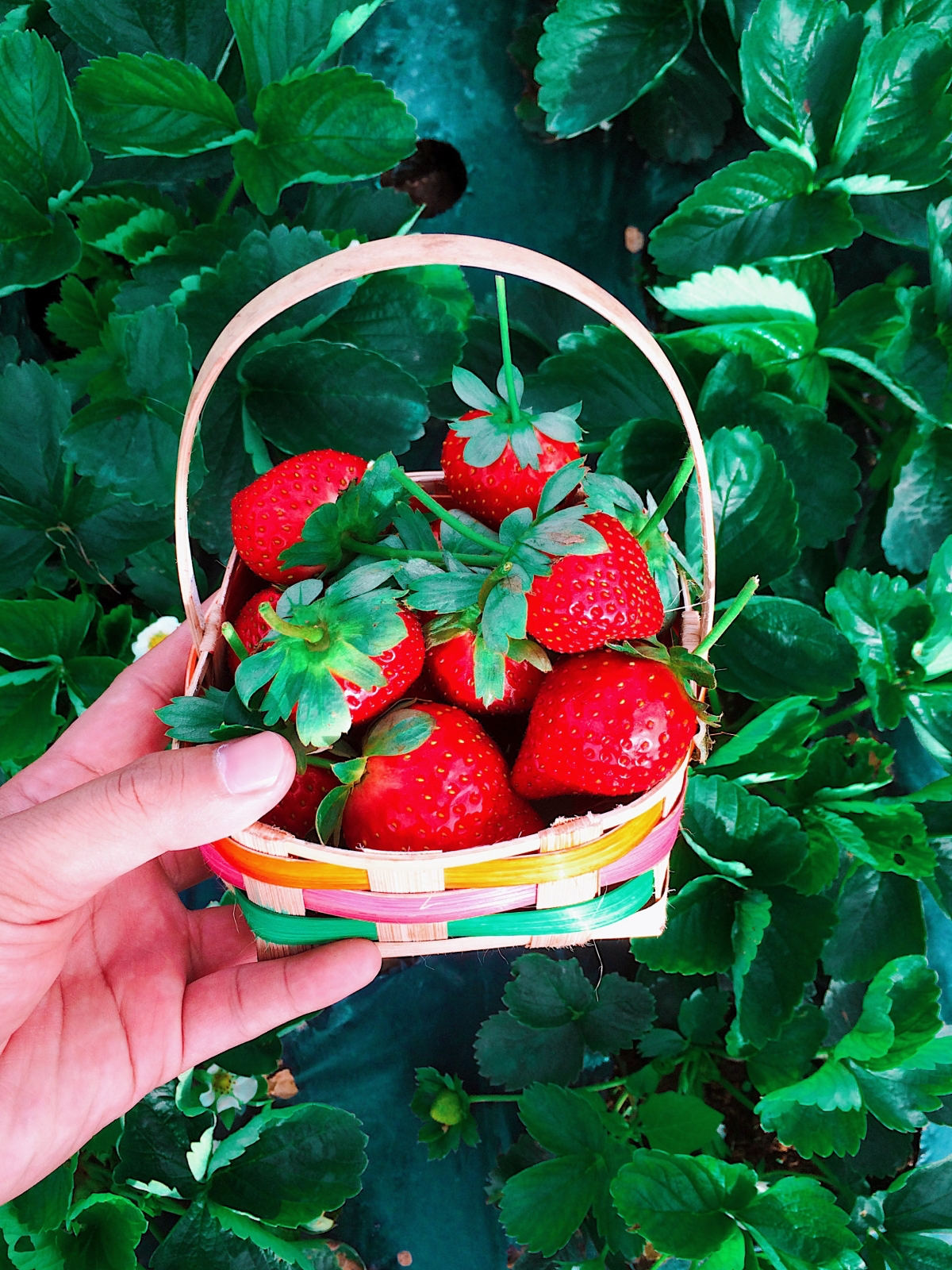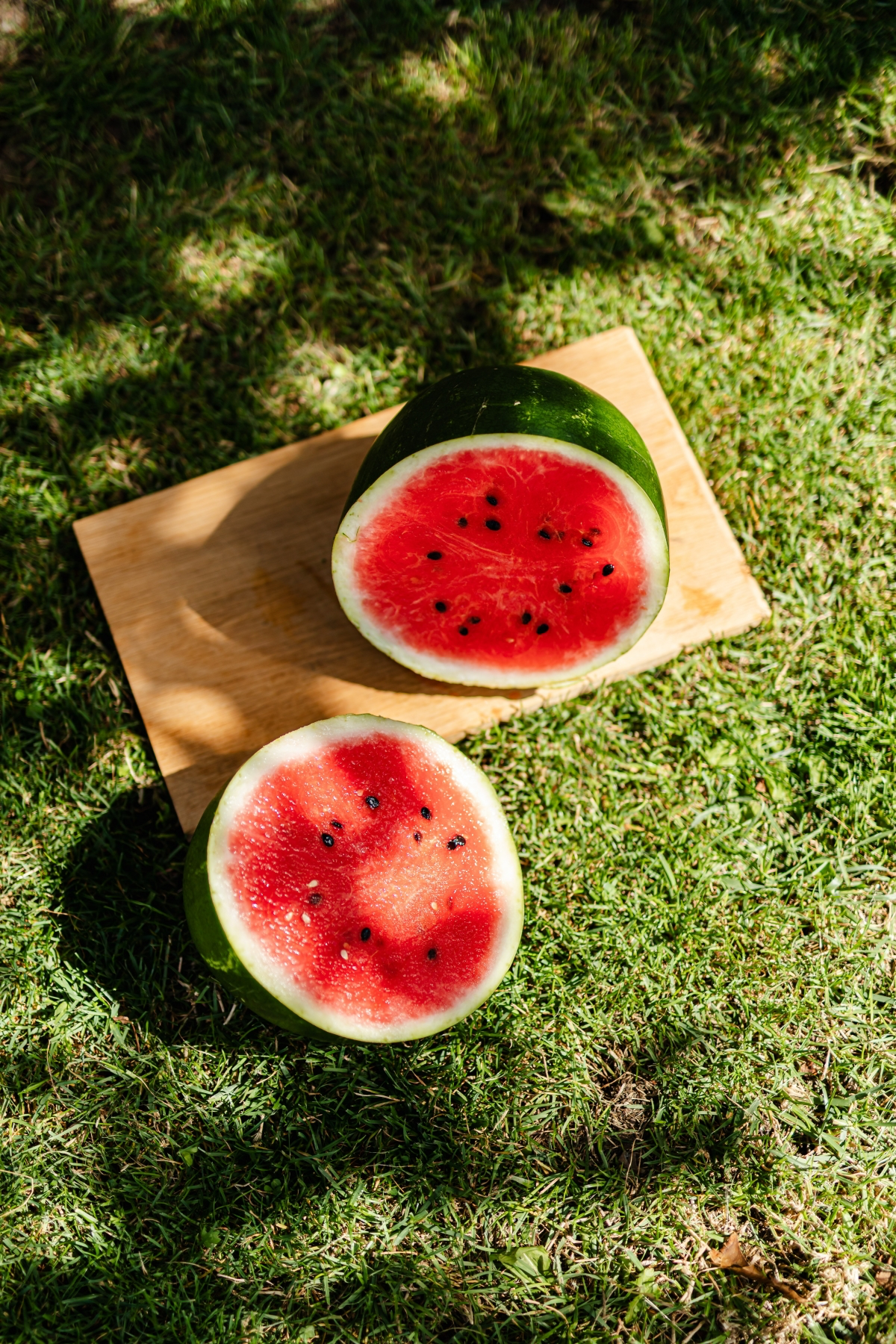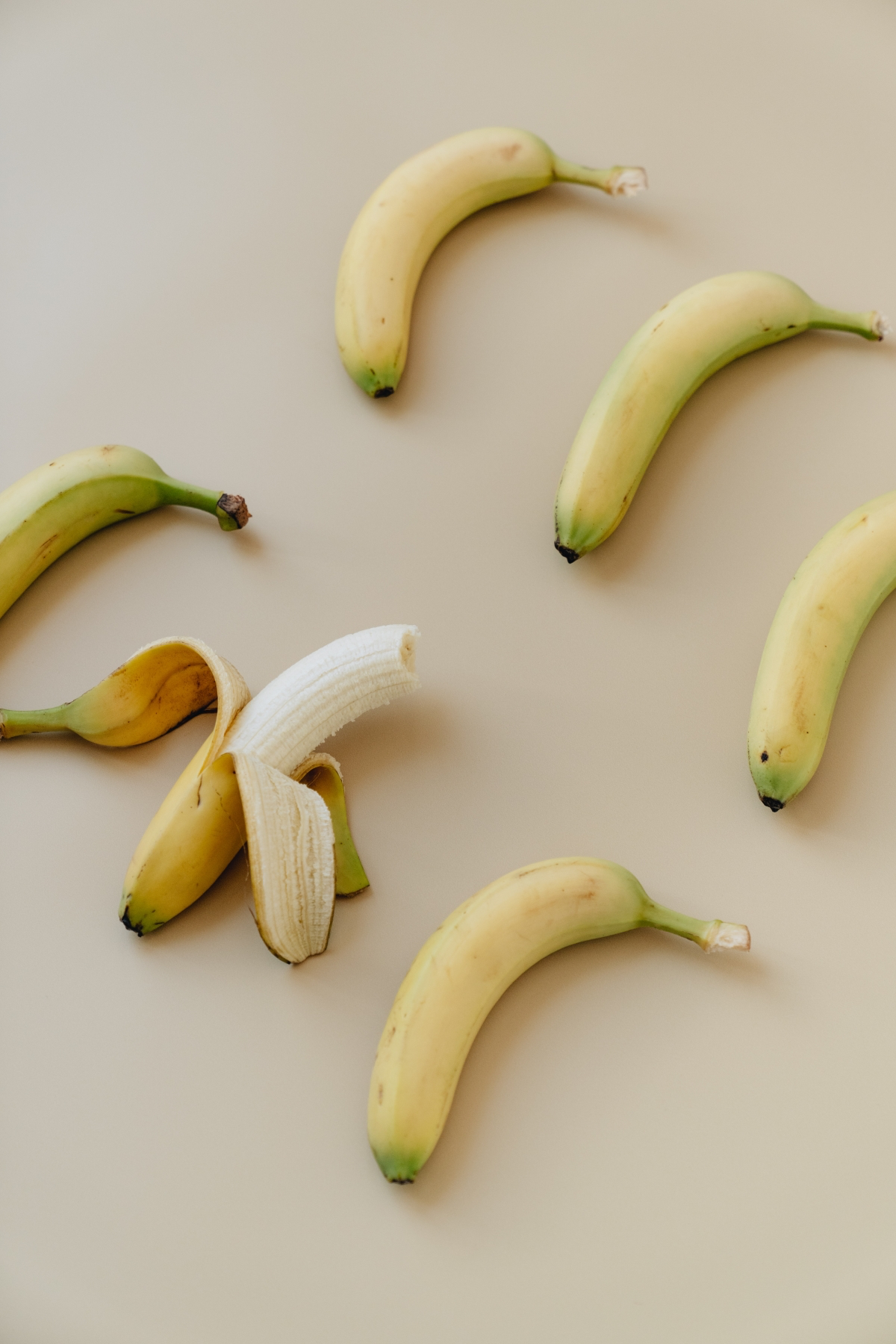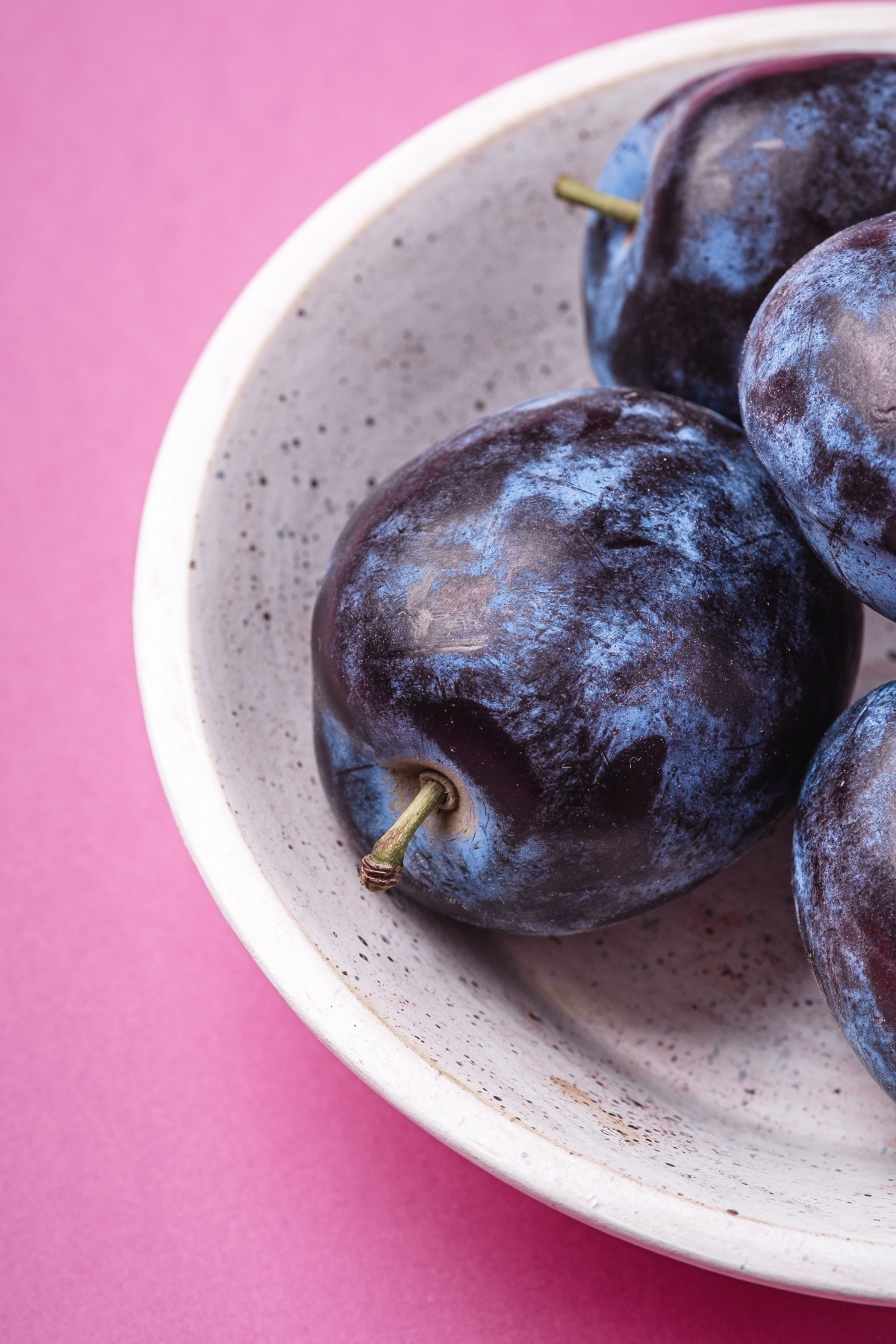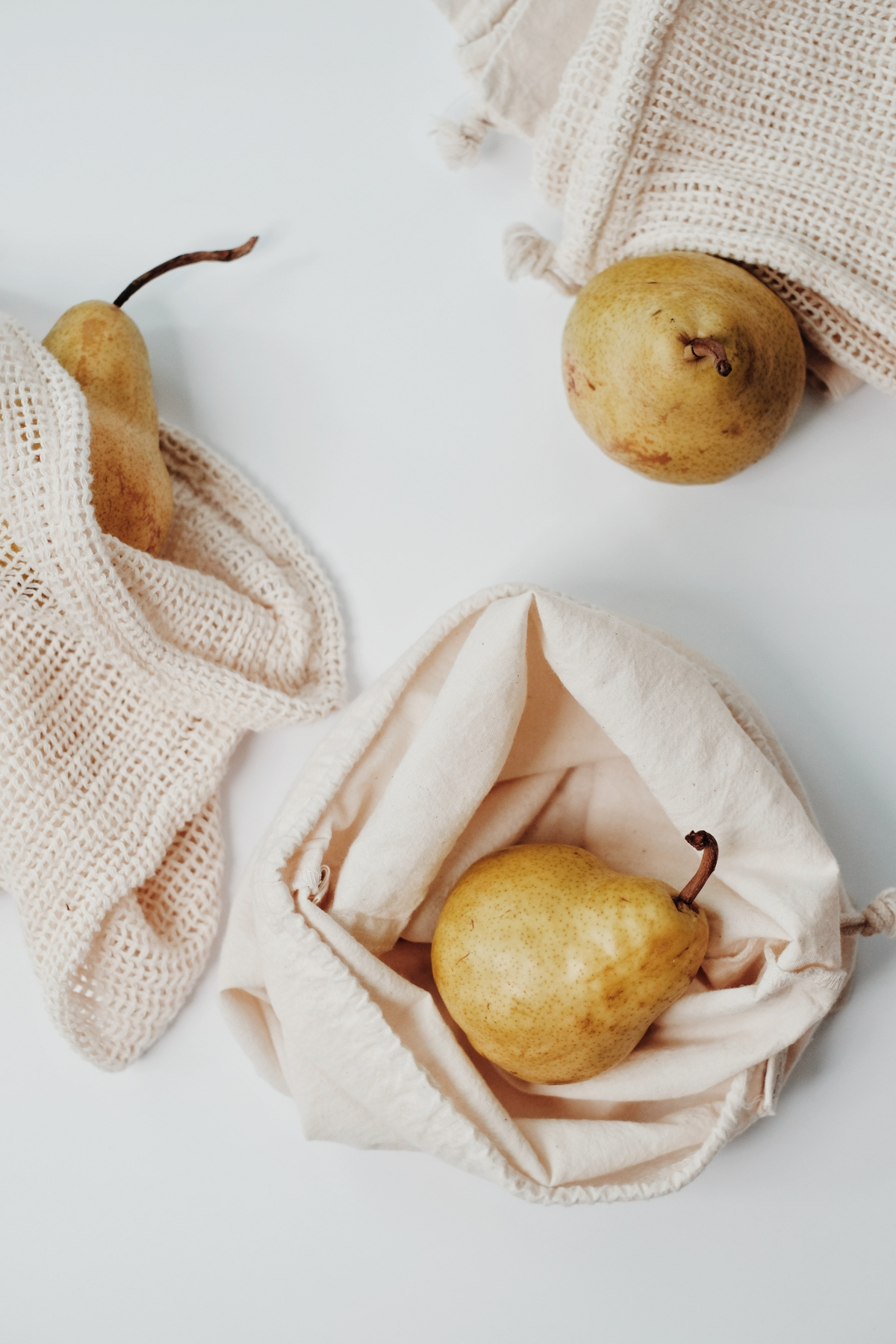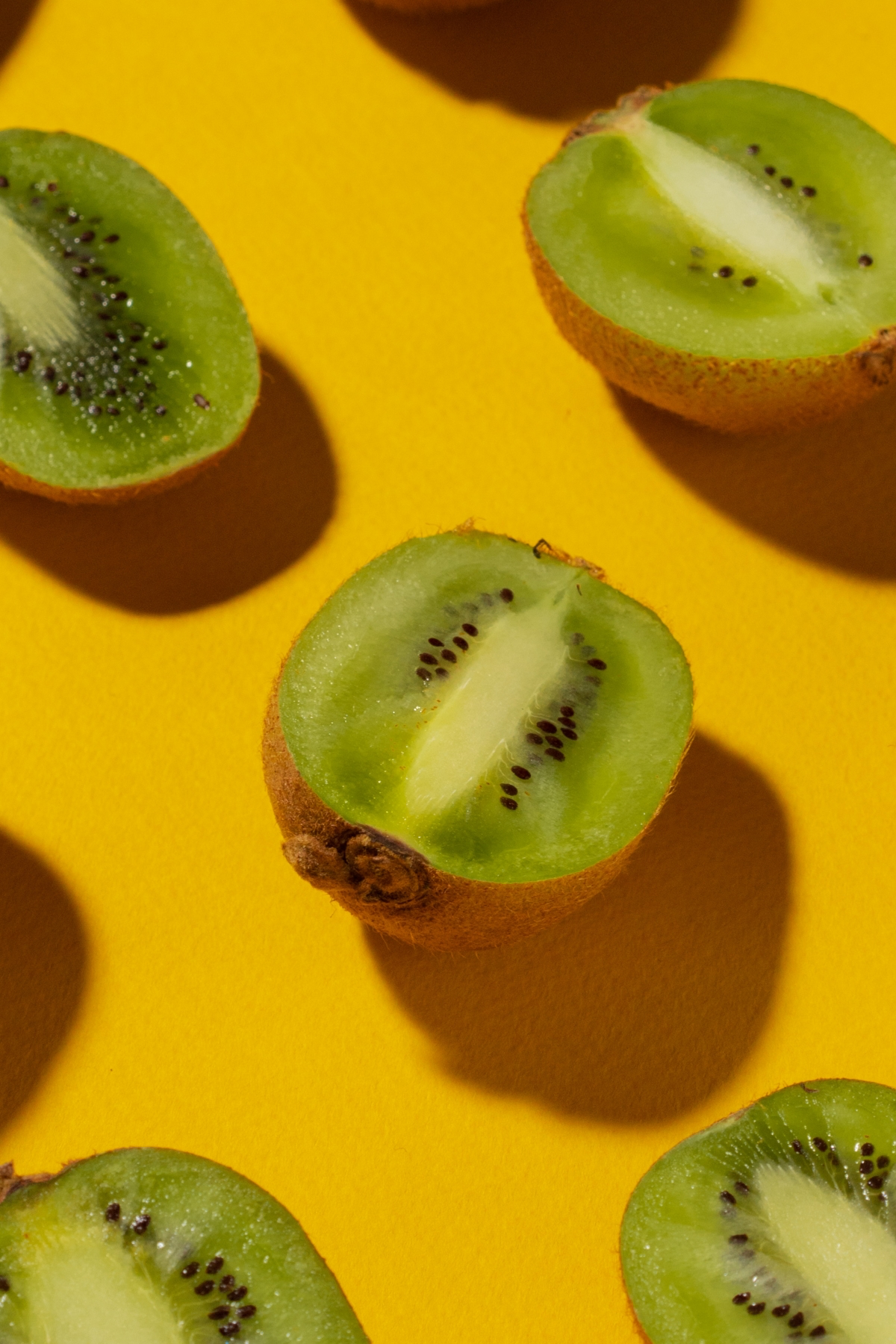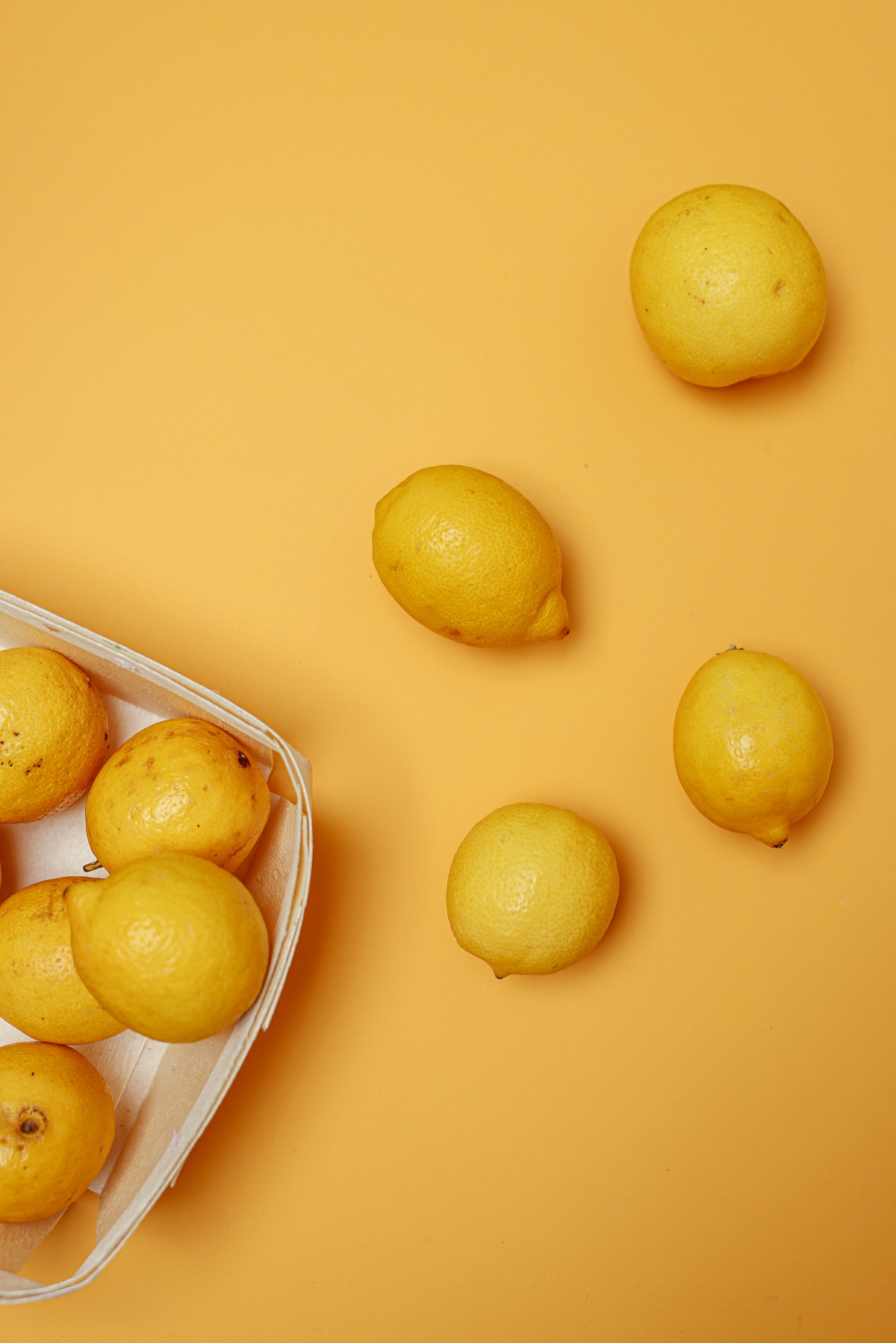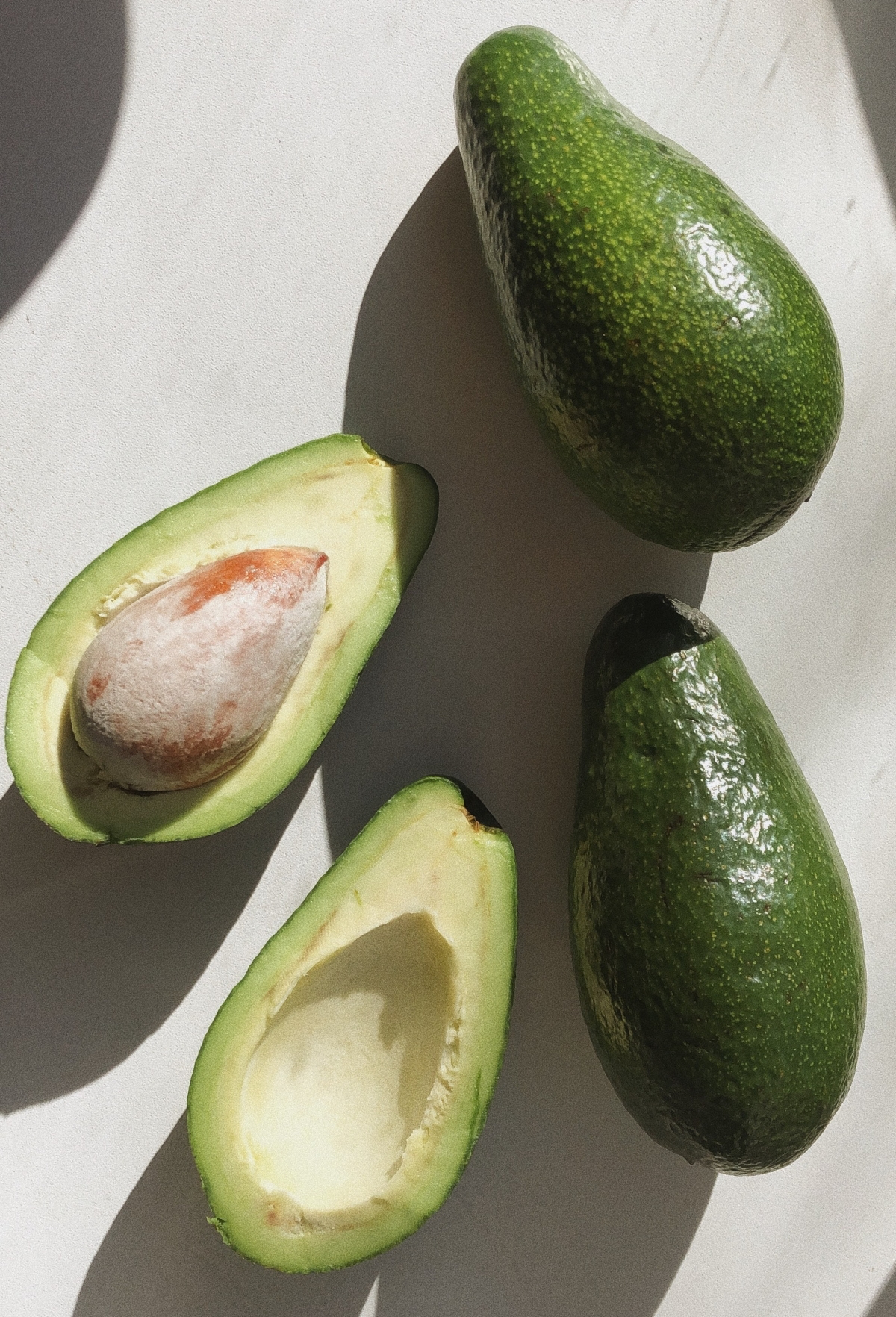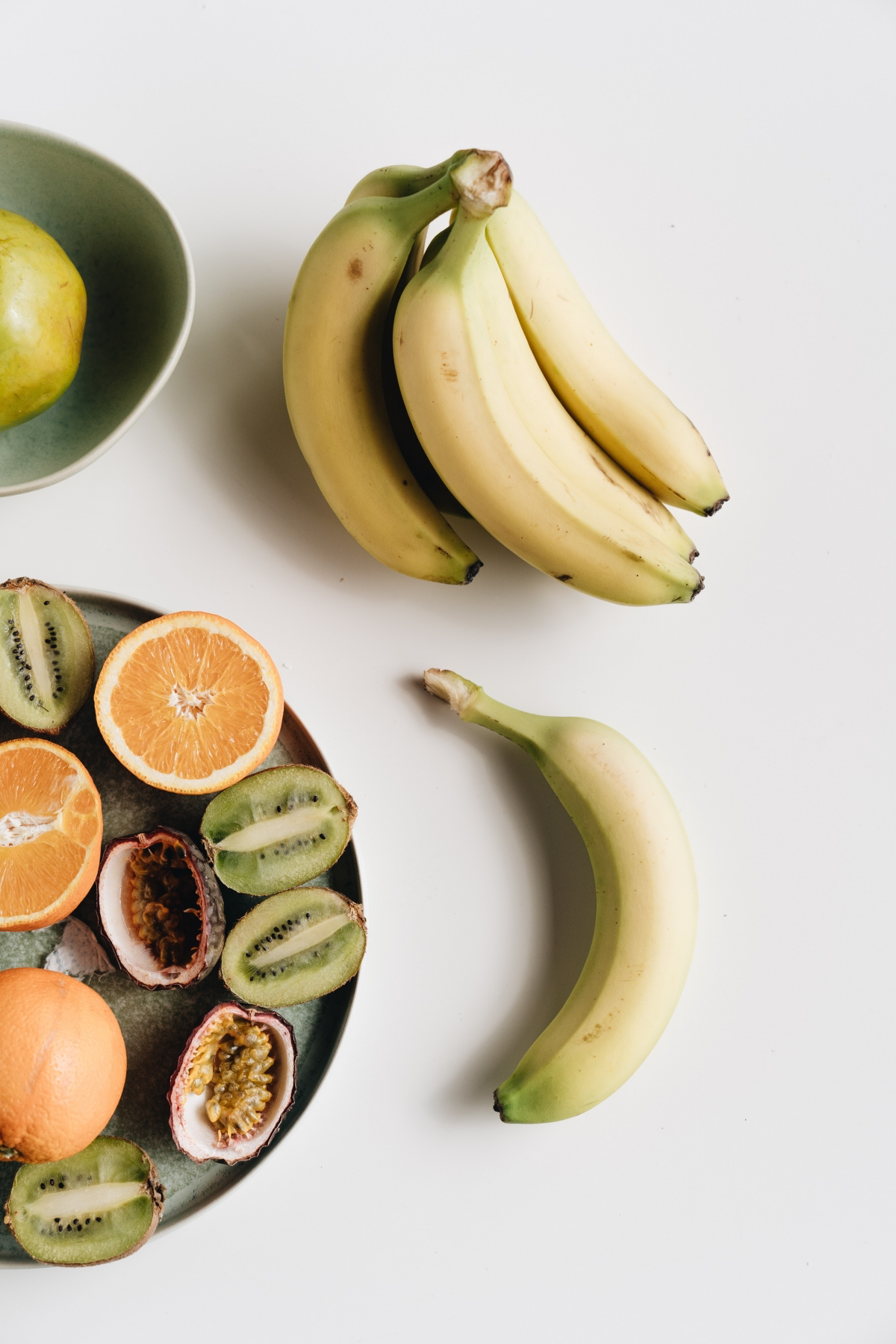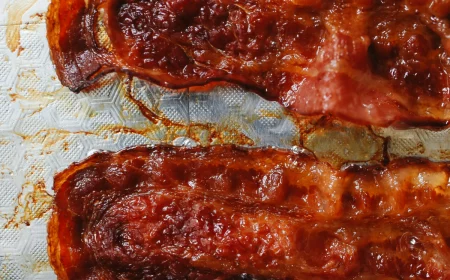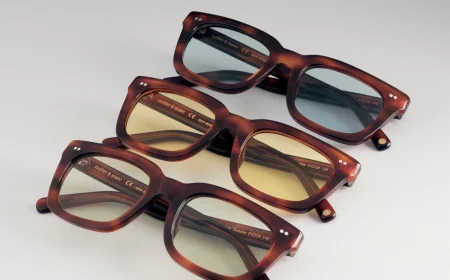How to Choose The Ripest, Juiciest Fruits Every Time
There is nothing in this world as delicious as a fresh, ripe fruit on a hot day. As summer approaches, more and more delicious fruits are popping up in the fruit markets – strawberries, peaches, watermelons. And the best time to enjoy nature’s candy has officially started! Unfortunately, modern agriculture uses a variety of fertilizers and chemicals to grow fruits and vegetables. That is why, many fruits can look extremely appealing on the outside, but once you taste them, you realize you have made a tasteless mistake. In addition, not many people know how to actually choose only ripe fruits. But, fear not, as we have some valuable tips and tricks to help you choose only the best of the bunch! In this guide, we will explore how to choose the ripest, juiciest fruits every time, so you can always enjoy the sweetness and delicious taste of fresh fruit!
In this guide, we will show you how to choose the ripest, juiciest fruits every time
In this article
How to Choose The Ripest & Juiciest Fruits Every Time
#Melons
If you want to buy a really ripe melon, start looking for the one that smells the most of sweetness and honey. But be careful, because if the smell is too strong and overpowering, it is a sign that the melon is too overripe. Another sign of a melon’s ripeness is when you press gently into the stem, and goes in just a little. That means this melon is ready to eat!
A ripe melon has a strong smell of sweetness and honey
#Strawberries
Strawberries are very easily recognizable by their aroma. If they smell sweet, they are probably ripe and really juicy and tasty. If they don’t smell of anything, they are probably either overripe or they need a few more days.
Perfectly ripe strawberries have an amazing sweet smell
#Watermelons
The tastiest and sweetest watermelons ripen in the second half of August to the end of September. Some growers spray early watermelons with nitrogen fertilizer and growth promoters in an attempt to harvest faster. All fruits absorb these hazardous substances from the environment. For the same reason, you should not buy watermelons that have already been cut – they might contain many microbes. Choose a medium watermelon, and remember that light, contrasting stripes and shiny skin are all indicators of ripeness. A ripe watermelon has a dry tail because when a watermelon ripens, it stops drinking moisture from the ground. Also, tap the fruit with your finger – ripe watermelons make a rattling sound.
There are many ways to see if a watermelon is ripe
#Bananas
Always choose bananas with a bright yellow color. Small dots on the skin indicate that the fruit is ripe and ready to use. However, you should not store bananas outside for more than two-three days, or they will become too ripe. Do not buy bananas with large black spots, as the rotting process has started. If you have bananas that are too ripe, just use them for one of these overripe banana recipes!
Ripe bananas are bright yellow with small brown dots here and there on the skin
#Apples
To choose the best apples, always opt for medium-sized apples that are firm and heavy. Do not buy shiny apples, as some growers coat them with wax or natural resins to make them look good. When buying green apples, always look for gray netting near the stem. If it is there, it means the apple is ripe!
Don’t go for the glossy and big apples you see in the supermarkets
#Cherries
Buy cherries when they are in season – June and July. Check the cherries by touching them before you buy them – they shouldn’t be too hard or too soft, and there should be no drops on them. The fruit should shine and be deep in color. The darker the fruit, the more beneficial sugars, carotenoids, anthocyanins and organic acids it has. Also, make sure to choose cherries with stems only. Fresh cherries have green and firm stems. If the fruit is sticky, chances are it is not fresh, and a fermented smell means the fruit is spoiling.
Cherries should not be mushy, hard, or pale in color if they are ripe
#Plums
When buying plums, choose the ones with a homogeneous color. Avoid cracked plums and those with dents, spots and other injuries. The fruit should be heavy with a pleasant, sweet smell. If the skin of the fruit has a thin white layer, this means that the plums have been recently picked. In addition, pay attention to the stem – a ripe plum should have a ripe stem.
If the plums have a thin white layer, it means that they are freshly picked
#Peaches
Just look at which side of the peach is red – this is where it has had direct contact with the sun. And on the opposite side, the peach should be yellow. Make sure there are no green spots on it, and only then buy this juicy and delicious fruit.
Ripe peaches should have a darker reddish spot, but no green spots
#Pears
A ripe pear can be easily identified by its strong aroma. The fruit itself should be neither hard nor too soft and should not have any damage or indentation on its skin. Brown spots near the tail indicate that the pear is not fresh, so beware!
Ripe pears have a delicious strong aroma that is easily recognizable
#Kiwis
When picking a kiwi, place the fruit between your thumb and forefinger and squeeze it gently – the ripe fruit will be soft but pliable. Also pay attention to the smell. A ripe kiwi has a noticeable citrus smell and the skin is smooth and firm, without any damage. If you happen to buy a fruit that is not ripe yet, learn how to ripen a kiwi faster!
Ripe kiwis have a noticeable citrus smell and firm skin
#Lemons
A ripe lemon has beautiful shiny skin, as if it had been polished. Pay attention to the smoothness of the rind – lemons from the first harvest are smooth. Moreover, the concentration of useful nutrients in them is higher than fruits from later harvests. Lemons with skin that is too rough are usually thick and weighs more than those with thin skin, but they also have less pulp and less juice.
Always look for the shiniest and smoothest lemons when choosing
#Avocados
When choosing an avocado, you should first pay attention to its color. Ripe fruit is usually much darker. But keep in mind that there are types that can remain evergreen. The skin of the avocado should be slightly wrinkled, but there should be no large indentations or bruises. The last step is to check the top of the stem. If the color underneath is green or yellow, this fruit is worth buying. If it is brown, the fruit is overripe.
Ripe avocados are darker in color, with no bruises or indentations
Bonus: How to Choose the Best Veggies
#Tomatoes
Many of us think that tomatoes on the branch are fresher, and so we most often choose them. However, the stem is not an indicator of freshness, but of the tomato’s lack of ripeness. The color of a good tomato should be homogeneous and deep, with no green patches. In addition, its smell should be pleasant and noticeable. It is also fairly easy to spot nitrate tomatoes in the store – they are supple but not hard. If you press them, you won’t see any fingerprint marks. Quality tomatoes should be slightly soft to the touch.
Ripe tomatoes have a deep red color with no green patches
#Cucumbers
Buy cucumbers with a bright green color. They should be firm to the touch. If the cucumber is fresh, the color of its skin should be deep without any shine. Skin that is too shiny may signal that the vegetable is full of nitrates and is covered in wax. Buy cucumbers that are medium in size. In addition, pay attention to the tail – if it is shriveled and dry, it is a sign of poor quality. Vegetables that are too dry taste watery and are unpleasantly bitter. Spots, cracks, and bruises on the surface of the cucumber are also signs that it is not the best.
Fresh cucumbers have a deep green color and no signs of mushiness
In Conclusion
Now that you know how to choose the ripest fruits, you realize that it is not actually rocket science. You just need to remember some of these tips and always take your time picking each fruit. After all, you don’t want to spend your money on something you are not going to enjoy eating and throw it away. Remember to focus on the color of the fruits, its texture, the smell, and whether the fruit is actually in season. That way, you will be able to choose the most delicious, sweet fruit every time. In addition, you will never again have to wait for your avocados and kiwis to ripen. Happy fruit hunting!
Now you know how to choose the ripest fruits every time!
